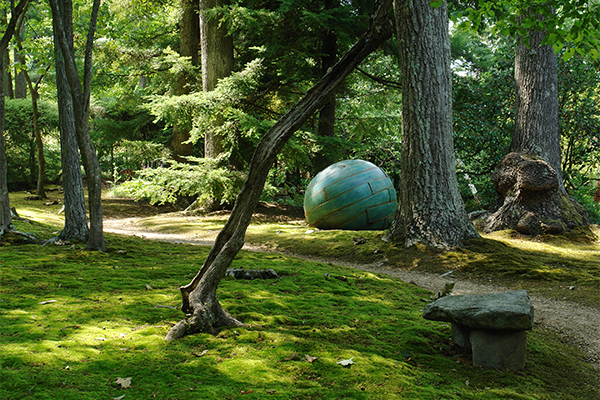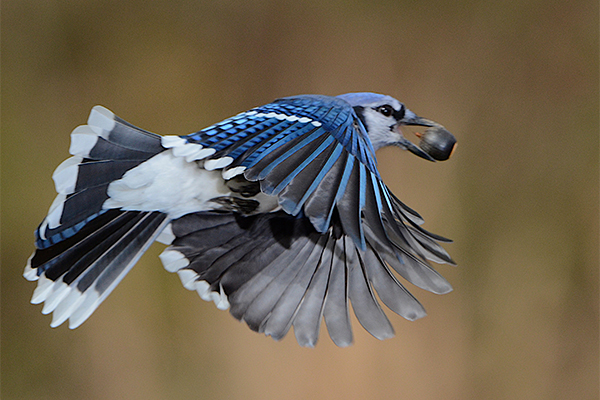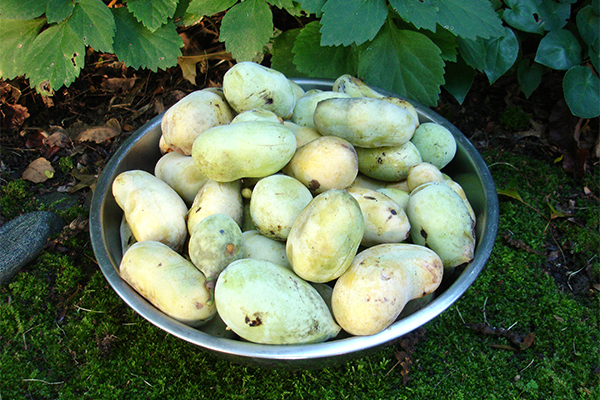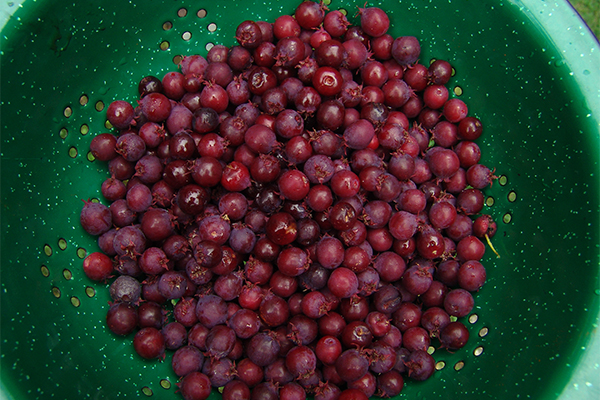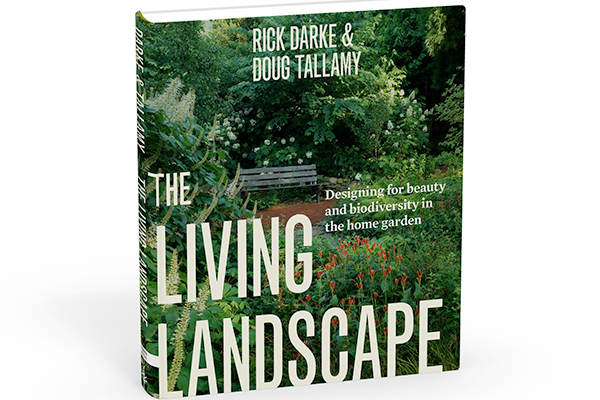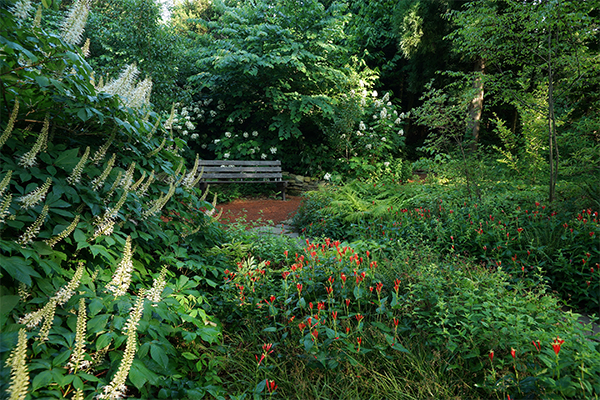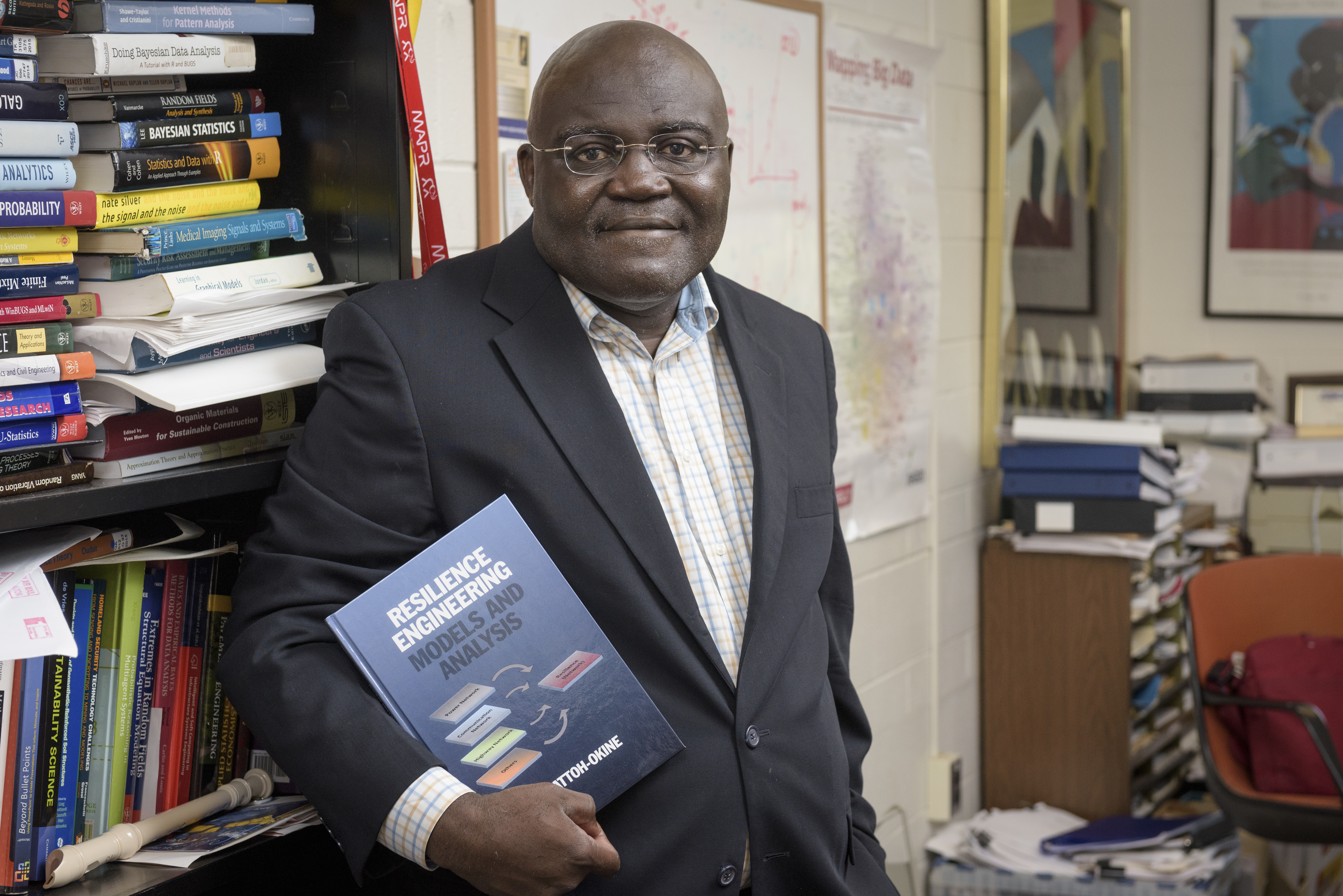

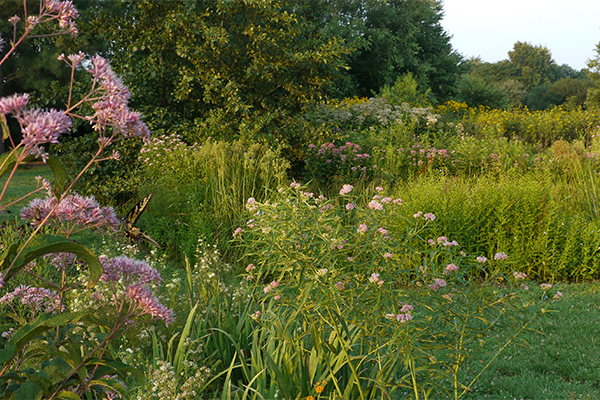
'Living Landscape'
New book promotes plant functionality as priority in landscapes
11:37 a.m., Aug. 18, 2014--Rather than being designed simply for aesthetic beauty, home gardens need to be livable, layered, and functional in order to support viable food webs, according to the new book The Living Landscape: Designing for Beauty and Biodiversity in the Home Garden by the University of Delaware’s Doug Tallamy and Rick Darke, a UD graduate and College of Agriculture and Natural Resources (CANR) Distinguished Alumnus and landscape consultant who spent years as curator of plants at Longwood Gardens.
The book is published by Timber Press and while it is not a simple step-by-step instruction manual, it does lead readers through the process of designing and building a beautiful, enjoyable, layered garden that also supports wildlife.
People Stories
'Resilience Engineering'
Reviresco June run
“This is not a ‘how to’ book, but it is chock full of example pictures. Rick spends a lot of time discussing how he transformed his property into a living landscape, so there are techniques to be learned,” said Tallamy, professor in the Department of Entomology and Wildlife Ecology. “We talk about the things you need to accomplish to bring life to your yard. Not landscape designs because those are site-specific personal choices. Instead, we talk about how and why to create a layered landscape, and how to create the vertical plant layers that most people have not thought about in the past but are so important to breeding birds.”
Darke said the book is a blending of the duo’s different fields of expertise, as Tallamy provides the perspectives of an entomologist, animal ecologist and ornithologist and Darke adds the viewpoints of a botanist, plant ecologist and landscape designer.
“This book takes so much of the design work that I’ve done, whether it’s woodland gardens or grasses and meadows or wet areas, and puts it together with Doug’s vast ecological knowledge. He comes from the insect and animal world, and so by putting the two of us together, we got a much more inclusive understanding and we felt that we were in a position to describe an inclusive call to action,” said Darke.
The book is also somewhat of a companion piece to Tallamy’s earlier work, Bringing Nature Home.
Darke said they wanted readers to build off what they had learned in the previous book. “We wanted something that would say, ‘OK, if you took to heart the message of Bringing Nature Home, here’s how you can do something about it.’”
In addition to writing the book with people who are already interested in creating a living landscape in mind, Tallamy said he was also interested in attracting first-time readers to the idea of the living landscape.
“From that perspective, I think it will be much more of a guide than Bringing Nature Home. Not only is it more of a guide to approaches you could take to accomplish this, there is also a good deal of justification in there, explaining why we need to do this,” said Tallamy. “Is there enough in this book to convince readers that this is worth doing? I think there is, although that was certainly not the expressed intent of the book. But if it accomplishes both those goals, I’ll be very happy.”
The book is very photo driven, although textually it is the same length as Bringing Nature Home, and has almost the feel of a coffee table book.
Assembling the photos for the book was no easy feat, as Darke said they considered over 150,000 potential photographs before selecting the final 500 found in the 400-page volume.
“Since this is a heavily illustrated book, we knew in order to be persuasive and to be authentic, we needed a huge suite of authentic images that depicted what we were promoting,” said Darke. “Those images were really hard to get because if you put an image in the book and say, ‘We’re holding this up as the model,’ that image needs to be able to be picked apart in any number of ways, from the plants to the architecture to anything that is shown. To get photographs like that, that don’t have some red herring or non sequitur, is quite challenging.”
The authors were also interested in showing that creating a living landscape usually requires a wide variety of plants including native and well-behaved non-native species.
“If you really want to create a living landscape, your landscape has to do certain things. It needs to support a viable food web. Not all plants are equal in their ability to do that and not all native plants are equal in their ability to do that, so focusing on the plants that are really good at that is a good start,” said Tallamy. “You want to provide resources for pollinators -- both nesting sites and forage. That’s separate from the food web issue. So your landscape should be doing all of those. It should be performing ecosystem services, it should be sequestering carbon, and it should be protecting our watershed.”
Darke echoed these thoughts, saying, “The important thing, I think for both of us, and especially for me, is functionality. I believe deeply in the relationships that Doug is talking about. I am less concerned about where plants come from and more concerned about how they function in the landscape.”
Article by Adam Thomas
Photos courtesy of Rick Darke and Doug Tallamy




